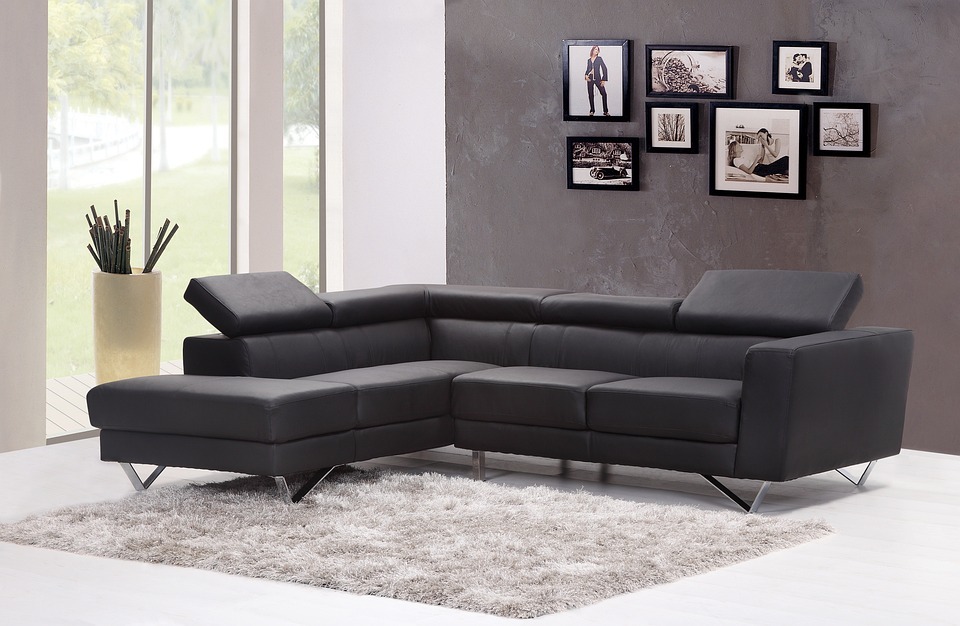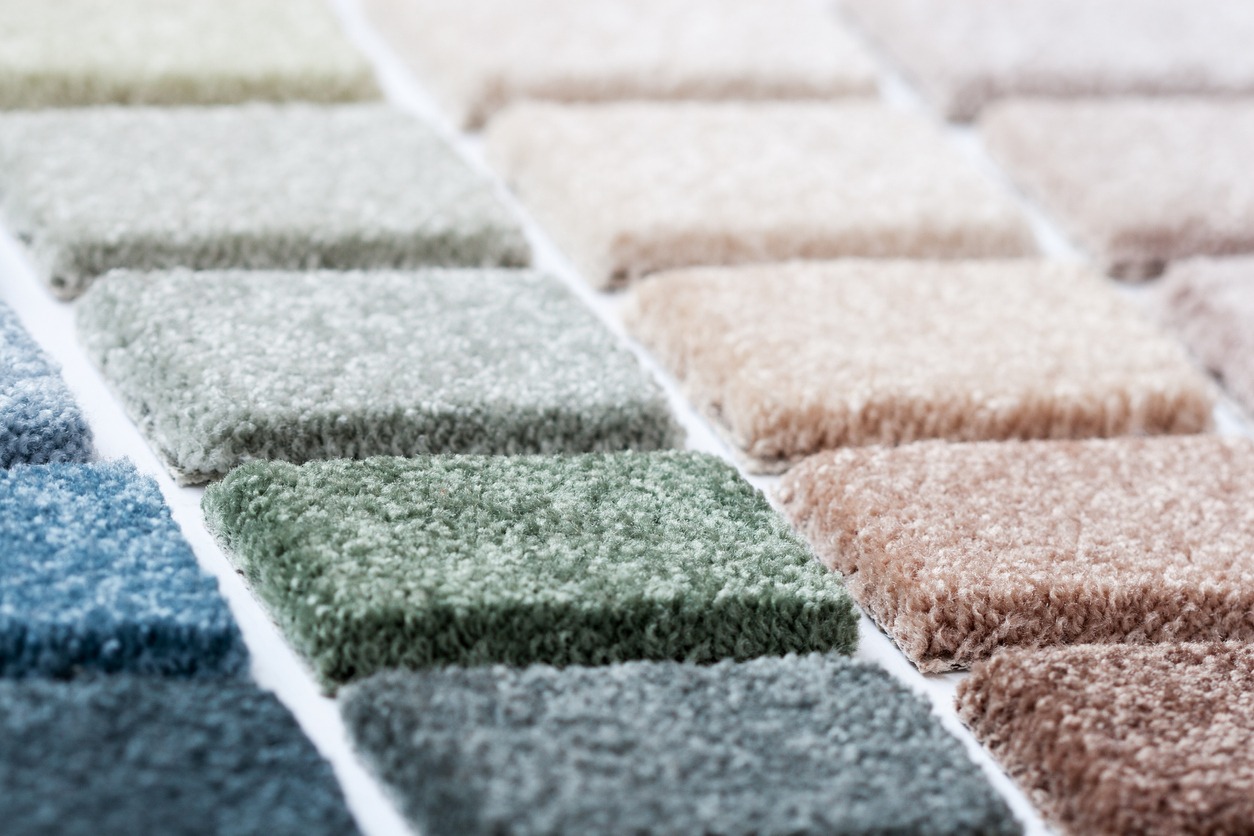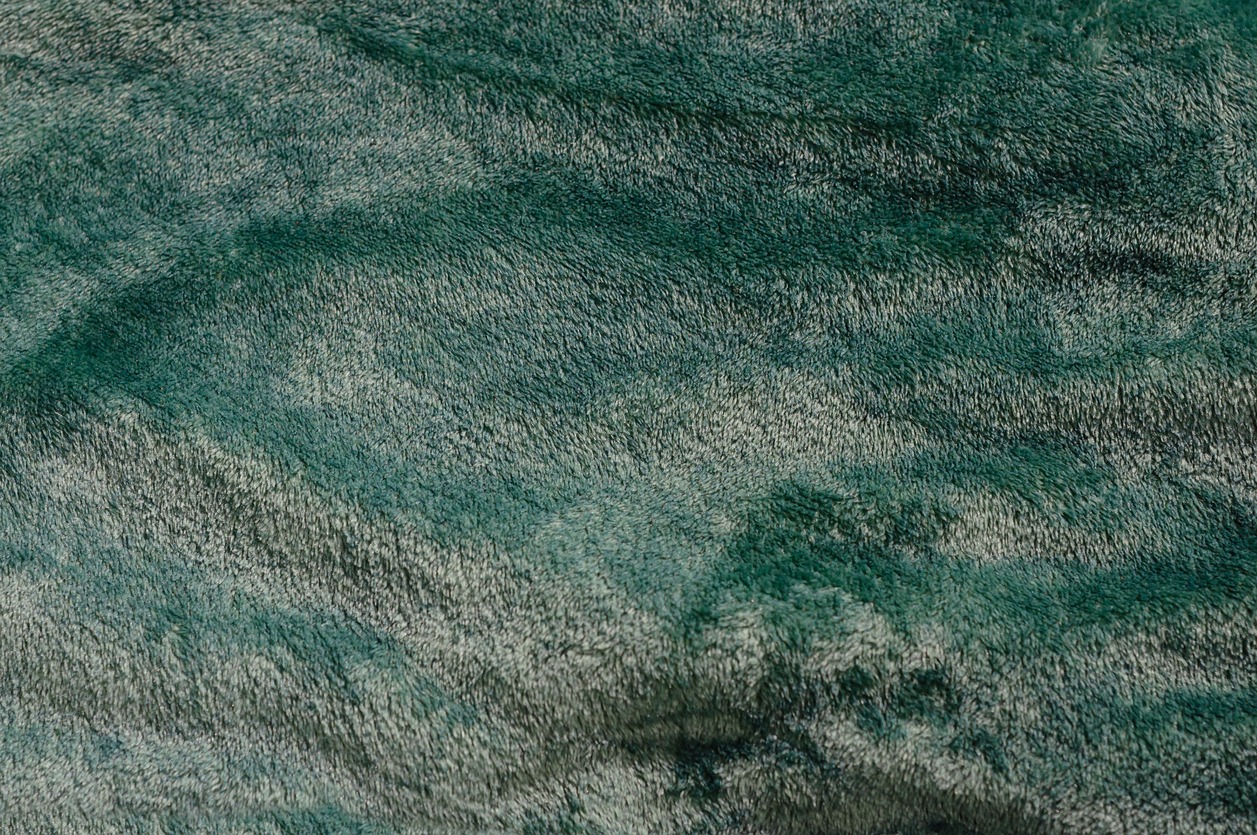Because they keep feet warm and cozy and provide a touch of class to any interior, carpets have been a popular flooring option for ages. Finding the ideal carpet for your home out of the seemingly endless options available can be a daunting task. Understanding the many types of carpets available will help you make a well-informed purchase, whether you’re searching for a soft and comfy carpet for your living room or a durable and practical alternative for a high-traffic area. You are in the right place if you are curious and want to learn about choosing and buying the best carpet for your home and what the distinctions are between the different types of carpet.
What You Need to Know About Carpet Fibers
One of the most important factors to consider when selecting the right carpet for your house is the type of fiber it comprises. Carpet fiber is the material used to make carpet yarn, and it is critical in defining the overall look, feel, and longevity of your flooring. Carpet fiber is divided into two types: natural and synthetic.
Regarding carpet thickness, the number of plies employed in the production process is critical. A ply is a single strand of yarn fiber used in carpet manufacture. The more plies utilized, the thicker and denser the carpet. A 3-ply carpet, for example, is constructed of three strands of yarn fiber woven together to make a thicker, more durable carpet. This is an essential consideration for high-traffic areas in your home, as thicker carpets are more robust and better at disguising dirt and stains.
Nylon Carpets
When it comes to synthetic fibers used in carpets, nylon is, without a doubt, one of the most popular options available today. This long-lasting and low-cost material offers a number of characteristics that make it suitable for usage in a wide range of applications.
The extraordinary durability of nylon carpeting is one of its primary advantages. Because of its capacity to withstand significant foot traffic, this material is a popular choice for high-traffic areas in homes, workplaces, and other commercial buildings. Furthermore, nylon is very resistant to mold and mildew, making it an excellent choice for basements where moisture might be an issue.
Another significant benefit of nylon carpeting is its stain resistance. Nylon fibers are naturally stain resistant, making them an excellent choice for houses with children or pets or for any place where spills and accidents are likely. Furthermore, nylon carpeting does not fade readily, so it will look excellent for years to come.
While nylon carpeting offers many advantages, it is important to note that this material can cause static electricity. This problem, however, is readily solved by having the carpet treated before installation. It’s also vital to remember that not all nylon is created equal. Nylon 6,6, for example, is more stain-resistant than nylon 6,0 in general, but it is also more difficult to clean.
Polyester Carpets
Polyester is another prominent synthetic fiber that is often used in carpet manufacturing. Polyester, like nylon, is noted for its durability, stain resistance, and moisture resistance. However, polyester is frequently a less expensive option than nylon, making it a popular choice for consumers looking for a high-quality carpet without breaking the budget.
The softness of polyester carpeting is one of its most remarkable characteristics. Polyester, when used in a thick pile, can feel exceedingly soft and pleasant underfoot. This makes it an excellent choice for situations where comfort is paramount, such as bedrooms or living rooms.
While polyester carpets usually are quite durable, they may not last as long as nylon carpets. Polyester fibers may not bounce back as easily from wear and tear as nylon fibers, causing them to exhibit symptoms of wear sooner. However, selecting a higher-quality polyester carpet with a thicker pile can alleviate this to some extent.
Polyester carpets have the advantage of being created from recycled materials. For example, carpets made of PET (polyethylene terephthalate) are becoming increasingly popular in the industry because they can be created from recycled plastic bottles. As a result, polyester carpets are an excellent alternative for environmentally conscious homes.
Cotton Carpets
Cotton is a natural material that is occasionally used to make carpets. Cotton carpeting’s remarkable softness is one of its most notable characteristics. This extremely soft material makes it an excellent choice for locations where comfort is paramount, such as bedrooms or nurseries.
Cotton is considered an environmentally favorable alternative for homes seeking sustainable materials because it is a natural fiber. This eco-friendliness, however, comes at a cost. Cotton is one of the most expensive carpet materials available, making it a less popular option for many households.
Cotton carpeting is easy to maintain in terms of cleaning. Cotton, on the other hand, is not exceptionally stain-resistant. Spills and stains are more likely to leave a mark on a cotton carpet than on a synthetic carpet such as nylon or polyester. Cotton is also prone to fading, especially when exposed to direct sunshine. Cotton carpets, as a result, are best suited for spaces that will not experience a lot of wear and tear, such as formal living rooms or guest bedrooms.
View this post on Instagram
Sisal Carpets
Sisal fiber is a natural fiber derived from the sisal cactus plant. It is a very robust and long-lasting material that is often used in the manufacture of carpets, rugs, and other home design products. Sisal strands are coarse and rough, giving sisal carpets a distinct texture.
One of the advantages of sisal rugs is their exceptional durability. Because sisal fibers are highly durable and can take a lot of wear and tear, sisal carpets are an excellent choice for high-traffic areas such as hallways, entryways, and staircases. Furthermore, sisal is simple to maintain and clean, making it a popular choice for outdoor areas such as patios and decks.
Another advantage of sisal carpets is that they are eco-friendly. Sisal is a natural fiber that is biodegradable and renewable, making it an excellent alternative for homeowners looking for environmentally responsible materials for their home design.
While sisal carpets come in a number of patterns and colors, they are most typically utilized as area rugs. Sisal area rugs give texture and aesthetic interest to a room while also protecting flooring and adding a layer of warmth and comfort.
View this post on Instagram
Olefin Carpets
Olefin, sometimes known as polypropylene, is a synthetic carpet fiber consisting primarily of plastic. Because it is highly water-resistant, it is an ideal choice for areas prone to dampness, such as basements or bathrooms. Furthermore, because olefin is solution-dyed, the color is added during the production process and will not fade in direct sunshine.
One disadvantage of olefin is that it is not as durable as nylon. This means it may not be the ideal choice for high-traffic areas of your home, as it may not withstand wear and tear as well. Olefin is also friction-sensitive. Therefore, dragging furniture across this type of carpet may result in damage or wear.
Another thing to keep in mind concerning olefin carpets is that they may have a waxy feel to them. This is because of the nature of the plastic used to produce the fibers. While some people may not mind this, others may prefer a softer, plusher texture.
View this post on Instagram
Triexta Carpets
Triexta is a newer synthetic fiber that was first introduced in 2009. Because it is partially produced from corn, it is considered a sustainable and renewable carpet fabric. This makes it a fantastic alternative for environmentally-minded consumers looking to lower their carbon footprint.
The durability of Triexta carpets is one of its most significant features. They are noted for their ability to withstand wear and tear and retain their look over time. They are also very stain and spill resistant, making them an excellent choice for high-traffic areas.
Triexta carpets are also incredibly soft to the touch due to the tiny fibers utilized in their manufacture. However, cleaning them can be difficult because the strands tend to cling to the vacuum’s brush.
The density of Triexta carpets is another advantage. They have three times as many fibers as conventional carpets, making them highly dense. This can assist in reducing noise in a room as well as provide more cushioning underfoot.
View this post on Instagram
Acrylic Carpets
Acrylic is a synthetic fabric that is frequently used as a wool substitute because of its comparable appearance and feel. It was first introduced in the 1960s and quickly gained popularity due to its low cost and good qualities.
One of the primary benefits of acrylic is its low cost. It looks like wool but is less expensive, making it an appealing option for individuals on a tight budget. It also has a luscious “hand,” or texture, similar to wool, which makes it a popular choice for plush carpets.
Acrylic is also resistant to dirt, stains, static electricity, and mildew. It is less difficult to clean than wool and does not attract moths. Furthermore, acrylic colors are vibrant and do not fade in the sunshine.
Another feature of acrylic is its capacity to wick away moisture, making it a popular choice for the water-resistant scatter and bathroom rugs.
However, acrylic has several disadvantages. It is not as robust or rugged as wool and, like polyester, tends to become fuzzy as the fibers disintegrate. Acrylic is particularly susceptible to staining from oil and grease, which can be an issue in high-traffic areas.
Because of its limitations, acrylic is sometimes combined with wool to make wool carpets more inexpensive while also imparting some of the benefits of acrylic. Pure acrylic fiber is more commonly used for scatter rugs, but any carpet incorporating acrylic fiber is better suited for low-traffic areas.
View this post on Instagram
In conclusion, there is a wide selection of carpets available, each with its own set of advantages. There is a type of carpet fiber available to fit your needs, whether they be for longevity, softness, moisture resistance, or sustainability. There are benefits and drawbacks to all different kinds of carpeting, from those made from natural fibers like wool and sisal to those made from synthetic fibers like nylon and olefin. The carpet you choose for your home or business may provide beauty and comfort for years to come if you take the time to learn about the various fibers available.



